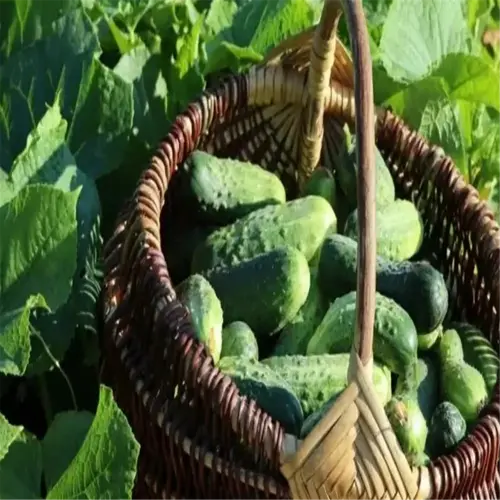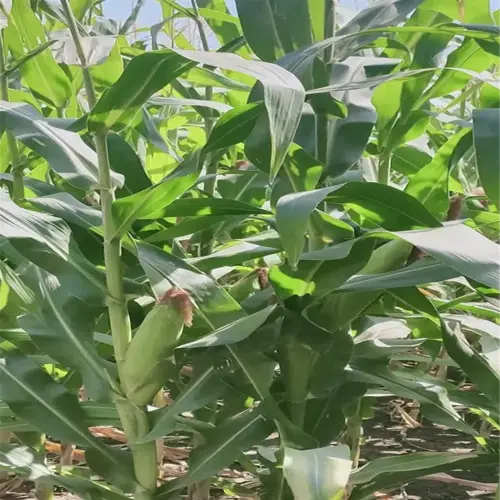Is Epsom salt beneficial for eggplants?

Written by
Michael Sullivan
Reviewed by
Prof. Charles Hartman, Ph.D.Epsom salt is an important tool for growers of eggplants dealing with magnesium deficiency. This nutrient hinders yellowing between the leaf veins and also promotes a better fruit set. I brought back a struggling crop of eggplants by applying a monthly Epsom salt drench of 1 tablespoon per gallon of water. In three weeks, the crop demonstrated greener and healthier leaves with about 20% larger fruits.
Soil Drench Method
- Mix: 1 tablespoon per gallon of water
- Frequency: Apply every 4-6 weeks
- Timing: Early morning or dusk
- Caution: Test soil pH first to avoid imbalance
Foliar Spray Technique
- Mix: 2 tablespoons per gallon
- Spray: Underside of leaves weekly
- Avoid: Midday sun application
- Result: Faster magnesium absorption
The key to avoiding issues is accuracy. Magnesium in excess can hinder calcium uptake. To ensure accuracy, I sample soil every 6 weeks using a kit that costs around $15. Last season I lost a crop from excess magnesium when leaf tips burnt and yellowed due to high soil concentrations until I flushed my whole growing room with 3 gallons of water per plant. I now alternate between foliar and soil applications.
Mix Epsom salt with compost tea to get equal nutrients. My ratio is 1 tbsp of salt to 1 cup of tea, per gallon. This increased flower retention by 40% compared to just using the salt. Apply and always water base to avoid spikes in concentration in the root zone.
Container gardeners have their challenges. I add 1 teaspoon salt to potting soil monthly. When plants have been established, foliar sprays are most successful. Be sure to not let it sit in the saucer - salt will form crystals if allowed to stay. Be sure to flush pots thoroughly every 6 weeks or so to remove toxic salts as they build up.
Read the full article: How to Grow Eggplant: Pro Tips for Big Harvests

